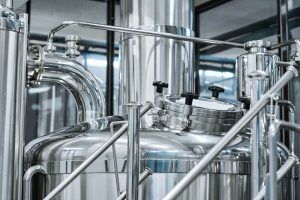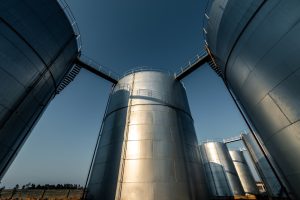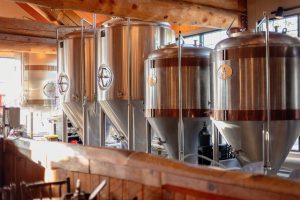A Vacuum Mixing System refers to a specialized system used in various industries, such as pharmaceuticals, chemicals, food processing, and research, where precise and controlled mixing under vacuum conditions is required. This system is designed to mix and homogenize substances while removing air or gas from the mixing chamber.
Key features of a Vacuum Mixing System may include:
- Vacuum Chamber: The system typically includes a vacuum-sealed chamber where the mixing process takes place. The vacuum environment helps in removing air bubbles and ensures a more thorough mixing of components.
- Mixing Mechanism: Various mixing mechanisms can be employed depending on the application. This can include paddle mixing, planetary mixing, or other types of agitators designed for vacuum conditions.
- Control System: A control system allows operators to regulate parameters such as mixing speed, temperature, and vacuum level. This ensures precise control over the mixing process.
- Heating/Cooling System: Some vacuum mixing systems come equipped with a heating or cooling system to control the temperature during mixing, depending on the requirements of the materials being processed.
- Material Handling: The system may have features for easy loading and unloading of materials. This is especially important in industries where different batches of materials need to be processed.
Applications of Vacuum Mixing Systems include:
- Pharmaceuticals: Mixing and homogenizing pharmaceutical powders or granules while removing air to achieve a consistent product.
- Chemicals: Processing chemical compounds under vacuum conditions to avoid reactions with atmospheric gases.
- Food Processing: Mixing food ingredients under vacuum to prevent oxidation and maintain product quality.
- Research and Development: Used in laboratories for mixing and preparing samples in controlled environments.
- Industrial Processes: Various industrial applications where precise mixing and degassing are required.
The Vacuum Mixing System is a versatile tool that contributes to the quality and efficiency of processes in industries where accurate mixing and removal of air or gases are critical for the end product.




